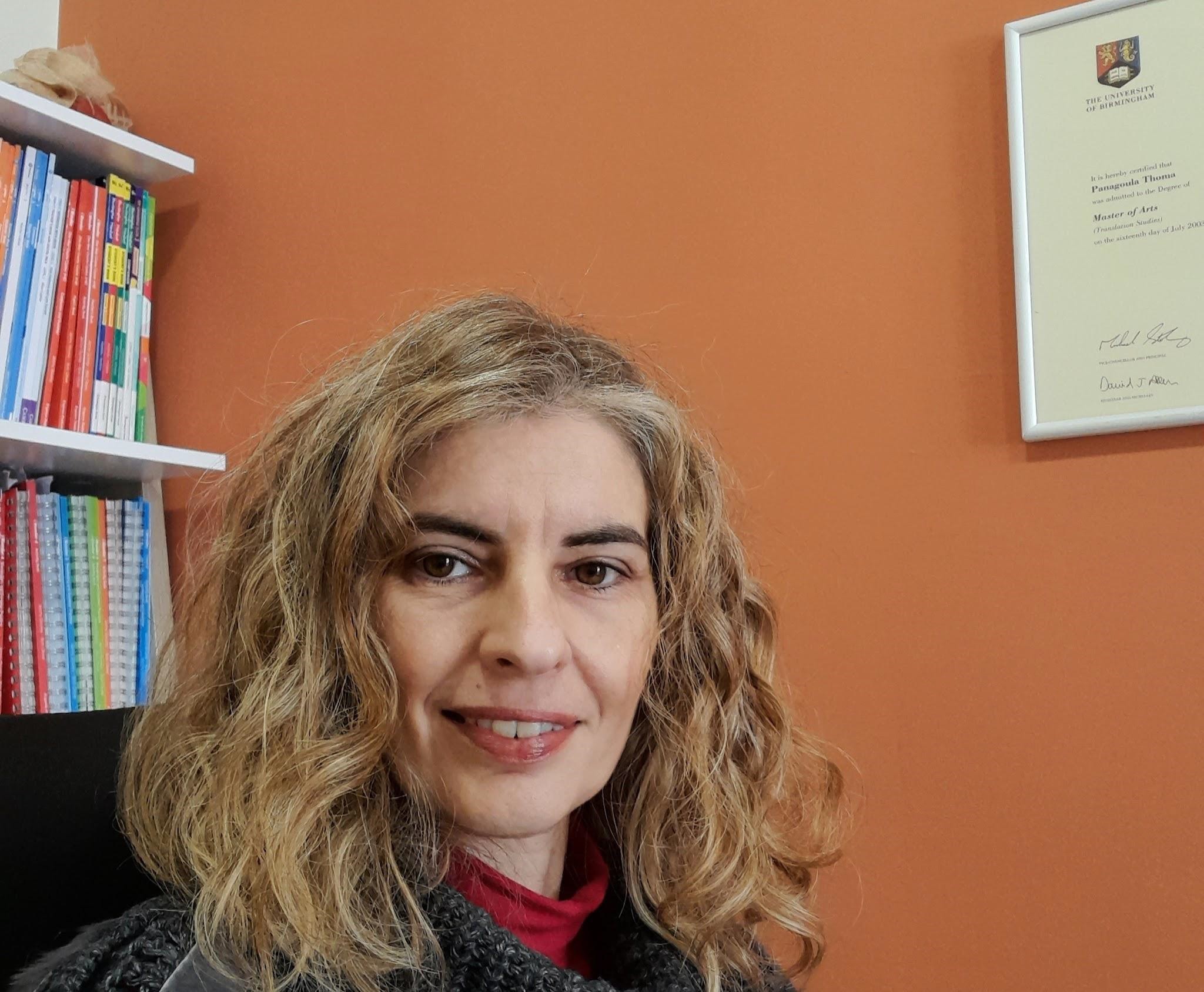“ Today we are going to learn about the Present Simple tense”. That simple utterance is enough to trigger a fight or flight response. Look at your students. What can you see? Well, it is definitely not excitement! As teachers we know that grammar is necessary since it provides the structure of the language. However, teaching grammatical points in isolation is not as effective or engaging as blending them in the topics we are working on. The Present Simple, for example, blends in perfectly with everyday routines and habits. What is the process that can help us achieve this blending?
- Start with a “hook”.
For this purpose we can choose a text, a story, or a video that contains the specific structure. This could be a text describing the everyday routine of a famous person like a footballer, an actor, a singer or even an animal etc. The “hook” would be something these people or animals do that is “out of the ordinary”. Anything that would arouse their curiosity. We would then ask comprehension questions. What time does he get up? When does he have breakfast? By going through enough questions students will start using the correct form of the verb. Sometimes we might want to shift students’ attention to the form by asking questions like: Why do you think there is an -s ending? What comes in front of the verb?
- Practice makes perfect.
- Personalise
The all time classic gap filling activities is the first thing we come across when it is time for grammar practice. Most learners disengage as soon as they see those. We can avoid this by simply personalising these activities. To personalise a gap feeling activity we simply substitute the people referred to in the activity with our students or people they know. For example when we teach the present simple and we come across a sentence like "John……….( go ) to school at 8:00 every morning”, we can continue by asking the students what time do you go to school? This requires preparation from the teacher as they need to decide which sentences can be personalised and form the questions before the class. Such activities should also be connected to the topic. In our case, we should expect to see sentences which include everyday activities. This way the students can practice the grammar and the vocabulary at the same time. We can create such activities with the use of AI tools like chatGPT within a few minutes.
One more well-known activity is to have students write three sentences about themselves. Two true sentences and one lie. Then the rest of the class will try to detect the lie. Students enjoy sharing information about themselves and learning more about their classmates.
- Play
The use of games in the classroom makes learning much more engaging, especially, when there is movement. Hang pictures of everyday activities on the walls. On post-it notes write the words that describe the activities e.g. have breakfast, go to school etc. Place the notes in a box. Students take turns picking up a note and placing it under the right picture. When they have finished, they can put the pictures in the correct sequence and write sentences to describe the routine of the characters in the pictures.
We can even turn our coursebook’s activities into a game. Divide the class into two teams. Each team stands in a line. Assign a desk for each team. The first student of each team has to go to the desk of their team, write down the answer to the first sentence-make sure you have provided a separate sheet of paper- and then go back to tag the next student. The next student repeats the process. At the end the two teams compare their answers and find the mistakes if there are any. We can then set this exercise as homework or complete it in the next class to help them revise.
Another activity is to give students a set of questions and they can walk around the class interviewing each other about their daily routines.Such questions could be “What do you do in your free time?” or “What time do you get up in the morning?”.
- Creating autonomous learners
Projects and presentations can give our students the opportunity to express themselves using the knowledge they have acquired. For instance, the questions the students used in class -in the activity described above- can be taken outside the classroom. They can interview a family member or a friend about their routines. Let them be creative. One of my students asked if he could interview his pet. He actually came back with a great interview. If we let them their imagination soars!
To summarise, start off with a “hook” to spark their curiosity, personalise, gamify the activities and let them create. Teaching grammar is not about presenting a set of rules but helping the students understand how grammar structures are applied in the formation of meaning. Grammar is most certainly not the enemy in our classroom!

